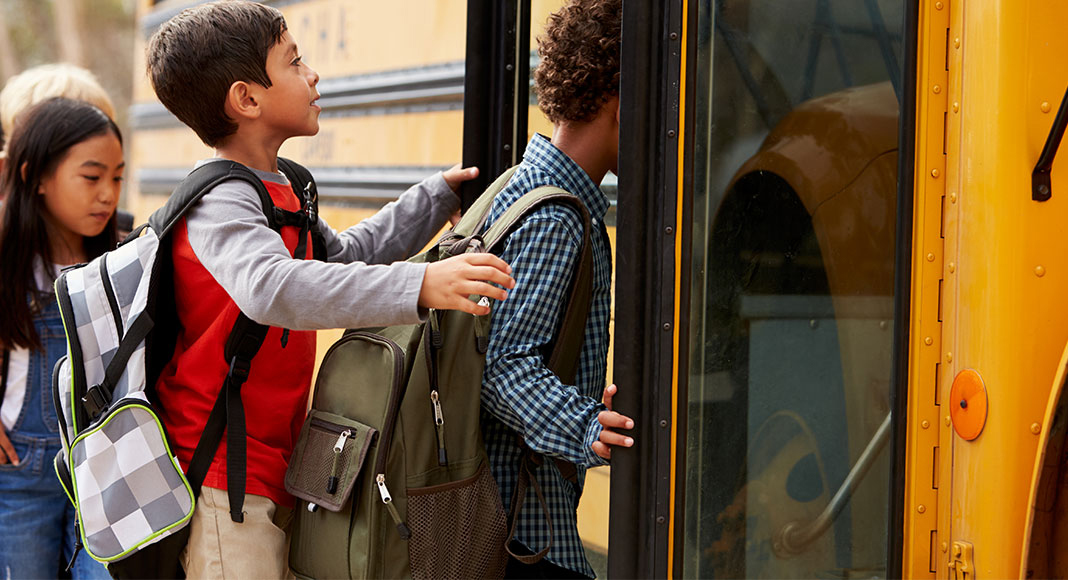
Mega Doctor News
by Wiley
Newswise — Although in-school transmission of COVID-19 among K-12 students is low when safeguards are in place, the risk of acquiring COVID-19 during school bus transportation is unclear. A study published in the Journal of School Health reports on the bus transport experience of an independent school in Virginia.
For the study, the school monitored 1,154 students with asymptomatic PCR testing every 2 weeks initially and later every week from August 28, 2020-March 19, 2021, during highest community transmission. Fifteen buses served 462 students while operating at near capacity of 2 students in every seat, using a physical distancing minimum of 2.5 feet, universal masking, and simple ventilation techniques.
There were 39 infectious COVID-19 cases who were present on buses during the study period, which resulted in the quarantine of 52 students. Universal testing and contact tracing revealed no transmission linked to bus transportation.
“The pandemic has made it very difficult for public schools to meet the transportation needs of students. Many districts simply do not have enough buses and drivers to allow distancing of 3-6 feet or skipping of bus rows while still providing rides to all children,” said corresponding author Dana Ramirez, MD, of Children’s Hospital of the King’s Daughters. “With more students returning to face-to-face instruction, safe transportation to school is an equity issue, as many families are unable to drive their children to school each day. As members of the Virginia Chapter of the American Academy of Pediatrics School Re-Opening Task Force, we recognize that schools are under pressure to make data-driven operational decisions. We hope the model we describe and our data can be of assistance in demonstrating that school buses can safely operate at normal capacity even at high community COVID-19 caseloads.”












